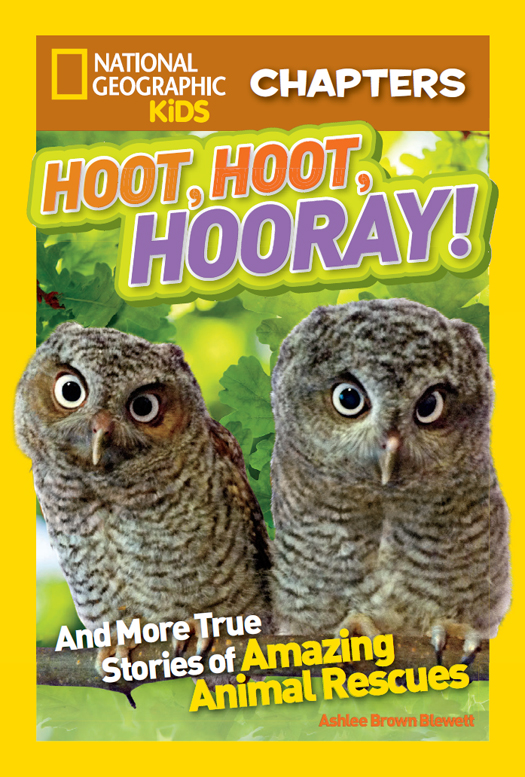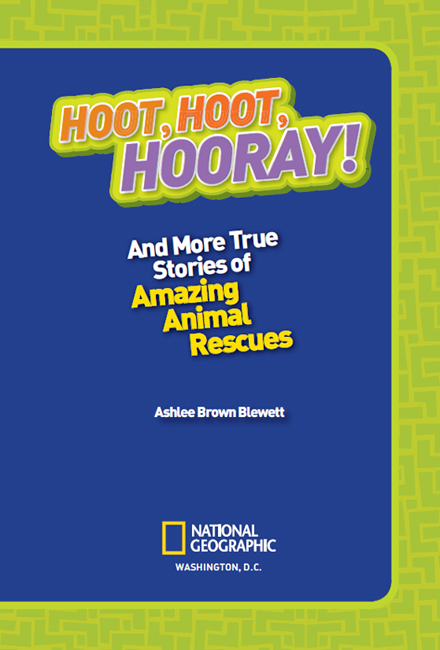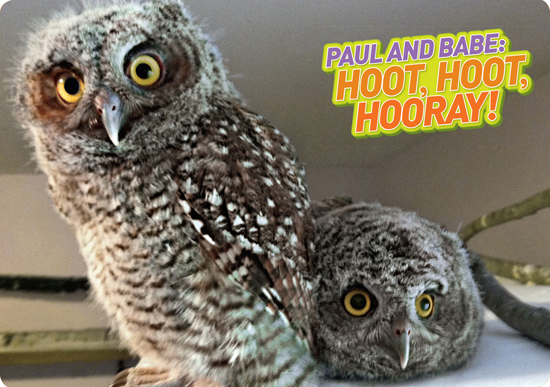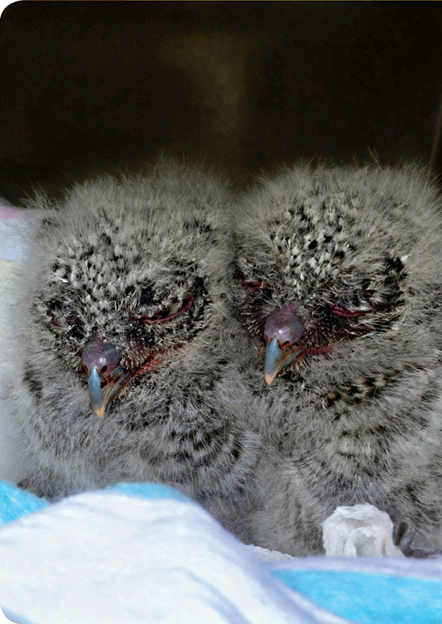Copyright 2015 National Geographic Society
All rights reserved. Reproduction of the whole or any part of the contents without written permission from the publisher is prohibited.
Staff for This Book
Shelby Alinsky, Project Editor
Jay Sumner, Photo Editor
Callie Broaddus, Art Director
Ruth Ann Thompson, Designer
Marf Ferguson Delano, Editor
Paige Towler, Editorial Assistant
Sanjida Rashid, Design Production Assistant
Colm McKeveny and Michael Cassady, Rights Clearance Specialists
Grace Hill, Managing Editor
Mike OConnor, Production Editor
Lewis R. Bassford, Production Manager
George Bounelis, Manager, Production Services
Susan Borke, Legal and Business Affairs
Published by the National Geographic Society
Gary E. Knell, President and CEO
John M. Fahey, Chairman of the Board
Melina Gerosa Bellows, Chief Education Officer
Declan Moore, Chief Media Officer
Hector Sierra, Senior Vice President and General Manager, Book Division
Senior Management Team, Kids Publishing and Media Nancy Laties Feresten, Senior Vice President; Jennifer Emmett, Vice President, Editorial Director, Kids Books; Julie Vosburgh Agnone, Vice President, Editorial Operations; Rachel Buchholz, Editor and Vice President, NG Kids magazine; Michelle Sullivan, Vice President, Kids Digital; Eva Absher-Schantz, Design Director; Jay Sumner, Photo Director; Hannah August, Marketing Director; R. Gary Colbert, Production Director
Digital Anne McCormack, Director; Laura Goertzel, Sara Zeglin, Producers; Jed Winer, Special Projects Assistant; Emma Rigney, Creative Producer; Brian Ford, Video Producer; Bianca Bowman, Assistant Producer; Natalie Jones, Senior Product Manager

The National Geographic Society is one of the worlds largest nonprofit scientific and educational organizations. Founded in 1888 to increase and diffuse geographic knowledge, the Societys mission is to inspire people to care about the planet. It reaches more than 400 million people worldwide each month through its official journal, National Geographic, and other magazines; National Geographic Channel; television documentaries; music; radio; films; books; DVDs; maps; exhibitions; live events; school publishing programs; interactive media; and merchandise. National Geographic has funded more than 10,000 scientific research, conservation, and exploration projects and supports an education program promoting geographic literacy.
For more information, please visit nationalgeographic.com, call 1-800-NGS LINE (647-5463), or write to the following address:
National Geographic Society
1145 17th Street N.W.
Washington, D.C. 20036-4688 U.S.A.
Visit us online at nationalgeographic.com/books
For librarians and teachers:
ngchildrensbooks.org
National Geographic supports K12 educators with ELA Common Core Resources. Visit natgeoed.org/commoncore for more information.
More for kids from National Geographic:
kids.nationalgeographic.com
For information about special discounts for bulk purchases, please contact National Geographic Books Special Sales:
For rights or permissions inquiries, please contact National Geographic Books Subsidiary Rights:
Trade paperback
ISBN: 978-1-4263-2054-5
Reinforced library edition
ISBN: 978-1-4263-2055-2
eBook ISBN: 978-1-4263-2200-6
v3.1

Baby owl Paul stands beside his sister, Babe. Eastern screech-owls can be red, like Paul, or gray, like Babe. ()
When Homer Kuhn found these little baby owls, their eyes were still closed. ()
May 1, 2013
New Creek, West Virginia, U.S.A.
I t was a sunny day, without a cloud in the sky. Birds chirped, squirrels barked, hawks screamed, and a family of deer ate grass near the edge of the woods. Woodcutter Homer Kuhn (sounds like COON) had just finished sawing the base of a dried-out tree.
Timber! Homer called.
The tree hit the ground. Thud!
Homer looped a long, heavy chain around the log. His brother, Willie, pulled the log out of the forest using a large machine that looks like a tractor, called a skidder. As the log slid past Homer, a flash of white caught his eye. He thought he saw two snowballs lying on the ground. But Homer knew that they couldnt be snowballs. It was 80F (26.5C) outside.
Homer says, I thought, what in the world is lying white like that in the middle of the woods? He walked over to investigate. Lying in the dirt were two baby eastern screech-owls.
Homer scooped up the baby owls, or owlets, in his hand. They looked like two fluffy marshmallows. Peep, peep! the owlets called. They must have fallen out of a hole in the log, Homer thought.
Some birds build nests. Not screech-owls. Instead, they nest inside tree cavities (sounds like KAV-uh-tees). These are holes made by other animals, like woodpeckers. Usually, the mother owl looks after the babies while the father owl hunts for food to bring back to the family.
Homer searched the area for the owlets parents. He looked inside the holes of other trees. But he found no parent owls. Homer knew that if he left the owlets in the woods with no home and no parents, they would die. He wrapped the babies in an old T-shirt. Then he pulled his cell phone out of his pocket and called the one person he knew would help.
Hello, said Mrs. Tammi Kuhn.
Hi, Mom, Homer answered. We have something.
Is it squirrels again? Mrs. Kuhn asked.
No, we found two baby owls this time, Homer said.
Oh my! said Mrs. Kuhn. Ill be right there.
Mrs. Kuhn was used to getting calls like this from her sons. Homer and Willie work for a logging company. They spend most days in the woods, cutting down trees. Then they sell the logs they collect to a nearby sawmill to be cut into boards and sold as lumber. Sometimes, in the woods, the brothers find baby animals.









